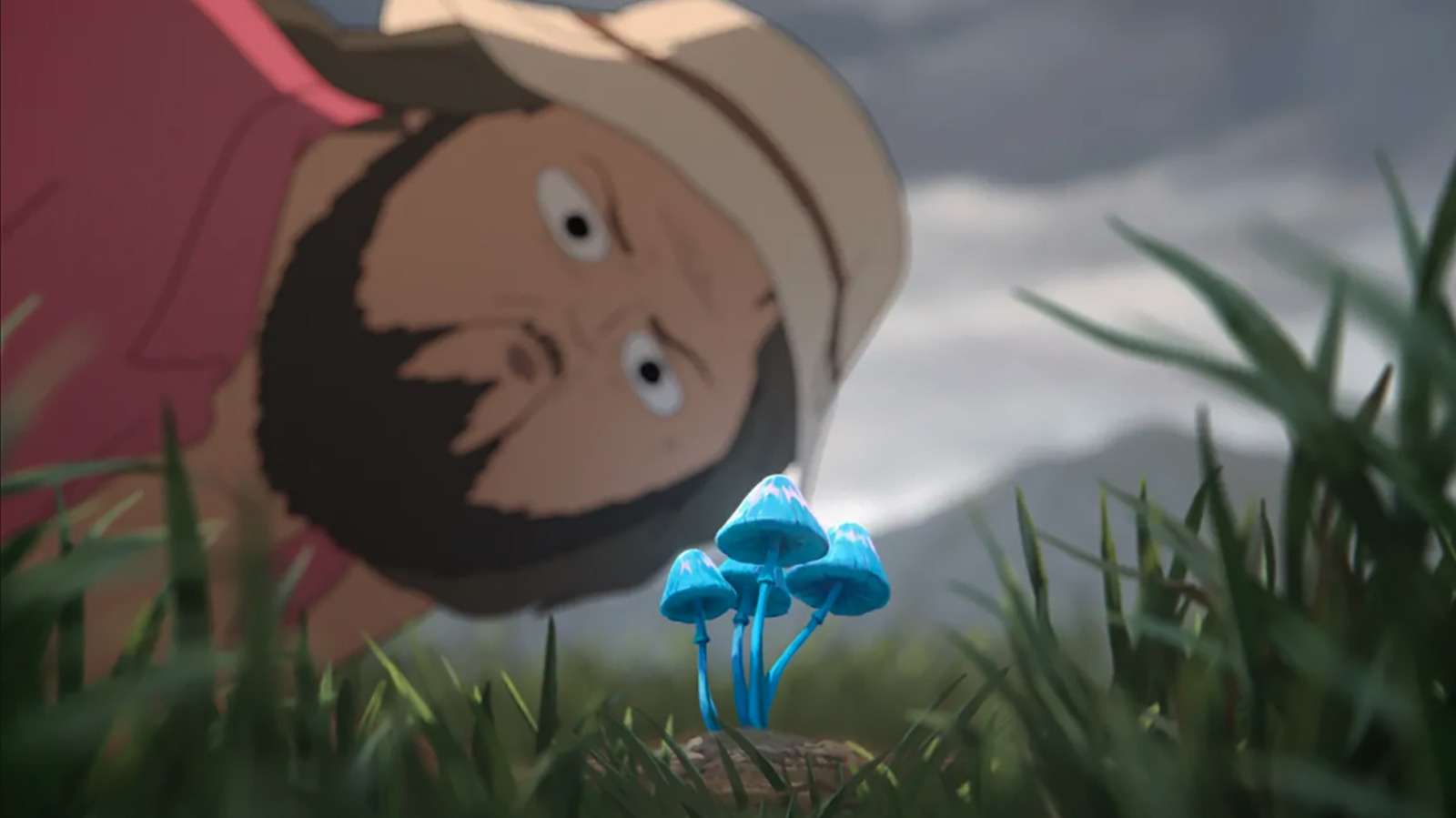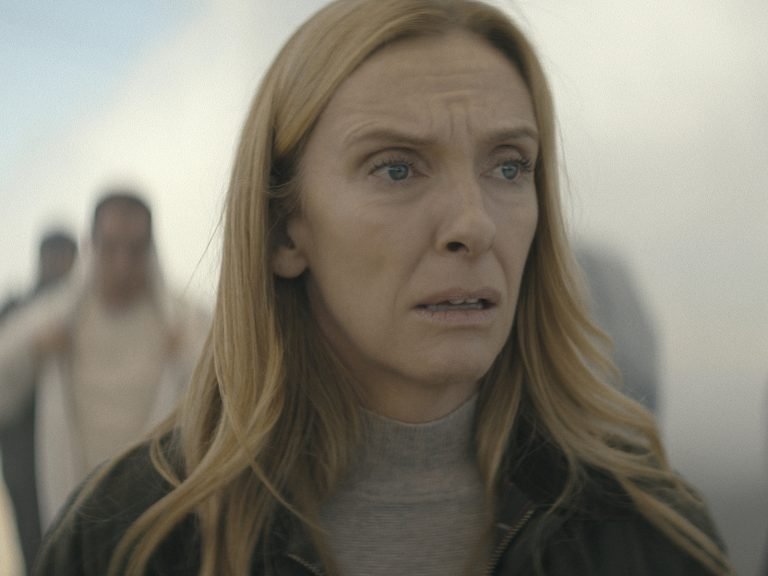Adult Swim’s new animation series, “Common Side Effects” (Season 1, 2025), created by Joseph Bennett and Steve Hely, is not simply a sci-fi thriller; it seems to chart quite a new territory. The series provides a suggestive account of experiences of illness, trauma, and suffering. In doing so, it contributes notably to the burgeoning field of Medical Humanities. The enactment of the joining of the human experience with the clinical setting transforms the central narrative of conspiracy into a wider human tragedy. “Common Side Effects” centers on an acute awareness of the groundlessness of medical culture and the frightening sense of its severance from such social structures as democracy. It springs from an urge to record the vaunted achievements of medicine and healthcare, the heights of which are so disorienting that it rarely takes into account the concerns of overall patient care.
As a practice forged to alleviate the misery of humankind, medicine is also famously detached from ‘humanity,’ a feeling of consideration towards the patients. To Canadian physician William Osler, “medicine was an art as well as a science; it was a calling rather than a business and required education of the heart as well as the head” (Cole, T. R., Carlin, N. S., & Carson, R. A. (2014). Medical Humanities: An Introduction. http://ci.nii.ac.jp/ncid/BB18400939). The success of “Common Side Effects” lies in the doubts cast on precisely this prerequisite hubris that drives modern healthcare.
The drama starts with Marshall Cuso, the protagonist, launching his angry tirades against the exploitative practices of a multinational pharmaceutical company, Reuticals, at a conference. Marshall knows what the unholy cabal of big pharma and the government does not want the world to know: the existence of a luminescent, blue mushroom that would heal all traces of any possible disease under the sun. Frances Applewhite, Marshall’s former classmate and a Reutical official, observes the fiasco at the conference from a distance. Without letting Marshall know about her professional identity, she tries to gain the confidence of her former friend in his bid to grow the mushrooms, only to pass that information surreptitiously to her boss, CEO Rick Kruger. Before Marshall can ideate his next step, the DEA is in hot pursuit of him.

While the actions of Marshall and Frances largely determine the trajectory of the narrative, it is a sprawling story with a motley of characters who seem to be freely flowing in and out of the narrative. The serpentine knot of motives of each character serves to mystify the narrative, even if it might seem like a case of over-complex stratification. There is the layer of the government, forked into the DEA and the FBI, followed by the heavyweights of the pharma giant, further pursued by questionable mycologists and other ever-emerging stakeholders of the mushroom business. The sometimes ironic, sometimes duplicitous tone of the characters helps create a sense of discordance between what is expected and what is clearly delineated.
In many interesting ways the preoccupation with the ills of the US healthcare system, or even the modus operandi of the world healthcare system, helps “Common Side Effects” offer indictments of the malign effects of inequities in treatment, unequal access to basic services, and the unsentimental equation between healthcare professionals and patients, resembling the mechanics of assembly-line. In “Common Side Effects,” modern healthcare, comprised of not just medical science but also medical business, emerges as both brutal and brutalizing, alienating the powerful and the powerless alike.
There is a point where one of the characters, Jonas Backstein, upon being faced with Rick’s idea of producing the mushroom medicines on a large scale, quips, “Richard, you’re a medical salesman. Cure everybody, and you’re out of business.” This exchange is a bitingly perceptive statement that not only envelops the overarching theme of the series but also sheds light on the necessary condition of tyranny that drives such a system to success. The Blue Angel mushrooms are established as a democratic alternative to modern medical therapies, which are at best imperialistic. The mushrooms do more than simply assume the role of panacea for healing physical ailments; they defiantly provoke the opening of a mysterious psychic realm, preparing the system for what were to be yet greater checks to its pride and confidence.

For the large part, the visual style of the animation seems conspicuously stolid, reverberating the wry sense of humor of the characters. However, the animation of the mushroom-induced hallucination episodes is disconcertingly striking, with the imagery doffing its hat to such cinematic texts as “Eraserhead” and “The Elephant Man.”
As the first season comes to a close, the mystery, which derives from the cautious uncertainties and the evasiveness of the realm that has opened, promises to return as a well-designed study of the split between the normative ideal of biologically healthy life and the psychic life of the patients.





![Damsel [2018] Review – A Thoughtful, Absurdist Adventure Drama Set in the Mythic West](https://79468c92.delivery.rocketcdn.me/wp-content/uploads/2018/09/Damsel-2018-768x454.jpg)

